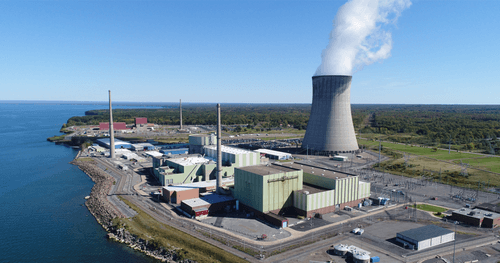OXCCU, the UK-based clean fuels production company, is extending a Series A raise it closed last year with an eye on growth in the US, CEO Andrew Symes told ReSource.
The raise, characterized as a Series A2 by Symes, is being conducted in-house, he said. It builds on the GBP 18m (USD 22.7m) Series A it finished last year, led by Clean Energy Ventures.
Aramco, ENI and United Airlines are also among the company’s backers.
OXCCU, a spin out of Oxford University, plans to raise additional money to scale its catalytic process converting hydrogen and carbon dioxide into sustainable aviation fuel (SAF) and other products. A patent grant, filed in 2020, is anticipated this year.
“We don’t want to be the project developer, we want to license to the project developer,” Symes said of the company’s business model.
Fuel made combining carbon dioxide (captured from industry or power plants) with green or clean hydrogen will be cheaper based on OXCCU’s iron-catalyst process, Symes said, which requires one step instead of the traditional two-step process.
OXCCU is looking for partners to engage with on sustainable aviation fuel (SAF) projects in the US, Symes said. This year the company will deliver a pilot plant in the US and plans to complete a 160 kilogram-per-day plant in Sheffield, UK in 2026.






